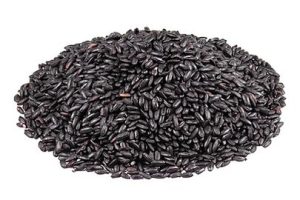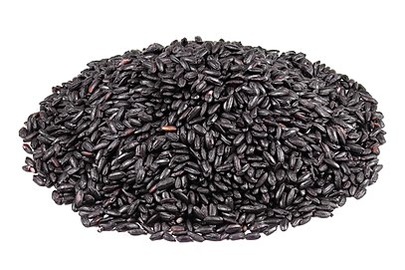
We all know that polished white rice has been largely stripped of its nutrients, which is why many of us are moving away from it and experimenting with other types.
But which is best? I’m a fan of red rice since I found it in Costco and my old man loves brown rice.
According to Dr. Gargi Sharma, “Brown rice and red rice are quite similar when we talk about them on the nutritional front. Both are great sources of fibre, B vitamins, calcium, zinc and iron, manganese, selenium, magnesium and other nutrients. One thing that sets the red variety apart from its brown counterpart is it being enriched with antioxidants that can help fight damaging free radicals in our body.”
But according to food scientist Dr Zhimin Xu from the University of Louisiana’s College of Agriculture, varieties of rice that are black or purple in colour are healthier still.
As you may know, anthocyanins provide the dark black and red colors of many fruits and vegetables, such as blueberries and red peppers. They are what makes black rice ‘black’. Research suggests that the dark plant antioxidants, which mop up harmful molecules, can help protect arteries and prevent the DNA damage that leads to cancer.
Dr. Xu said: ‘Just a spoonful of black rice bran contains more health promoting anthocyanin antioxidants than are found in a spoonful of blueberries, but with less sugar, and more fibre and vitamin E antioxidants.
‘If berries are used to boost health, why not black rice and black rice bran? Especially, black rice bran would be a unique and economical material to increase consumption of health-promoting antioxidants.’
Centuries ago black rice was known as ‘Forbidden Rice’ in ancient China because only emperors and their courts were allowed to eat it.
Today black rice is mainly used in Asia for food decoration, noodles, sushi and desserts. But food manufacturers could potentially use black rice bran or bran extracts to make breakfast cereals, beverages, cakes, biscuits and other foods healthier, said Dr Xu.
